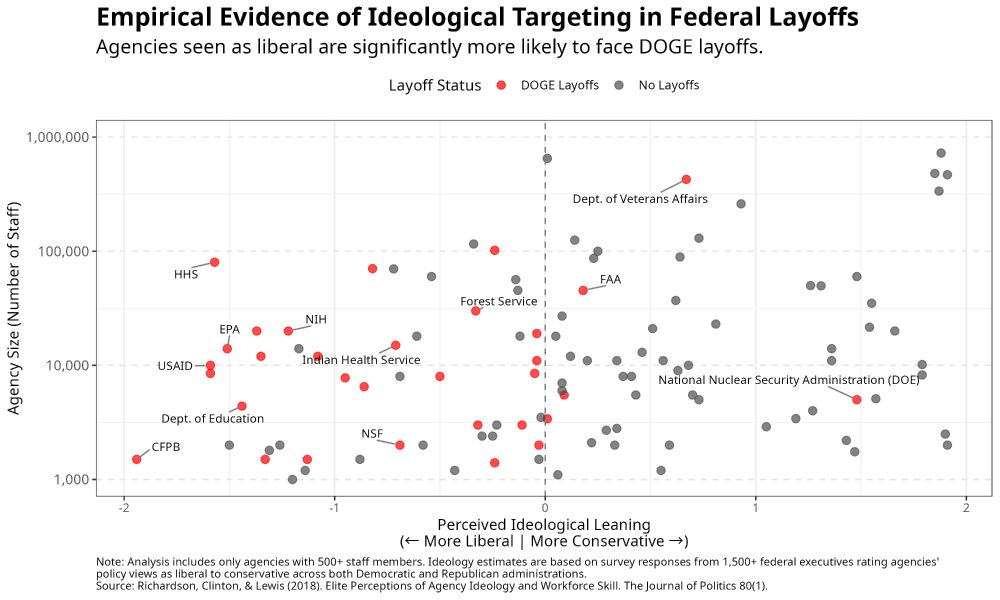


Nigel Farage says he has 'no idea' if Donald Trump is right about paracetamol being linked to autism.

🎂Jul 17, 1837 Wilhelm Lexis born in Eschweilier, Germany 🇩🇪
1875: The Lexis diagram, showing relations among age (cohort), calendar time, and life spans of individuals simultaneously. Makes ALL key demographics visible



🎂Jul 17, 1837 Wilhelm Lexis born in Eschweilier, Germany 🇩🇪
1875: The Lexis diagram, showing relations among age (cohort), calendar time, and life spans of individuals simultaneously. Makes ALL key demographics visible


I arrived at the conclusion that (1) there's a lot of interesting stuff about interactions and (2) the figure I was looking for does not exist.
So, I made it myself! Here's a simple illustration of how to control for confounding in interactions:>

I arrived at the conclusion that (1) there's a lot of interesting stuff about interactions and (2) the figure I was looking for does not exist.
So, I made it myself! Here's a simple illustration of how to control for confounding in interactions:>
Via @ivelasq3.bsky.social
ivelasq.rbind.io/blog/not-so-...
#RStats #R

Via @ivelasq3.bsky.social
ivelasq.rbind.io/blog/not-so-...
#RStats #R
Why e-bikes can actually give more exercise than “acoustic” bikes. But no need to debate — both are brilliant in many ways when it comes to better cities.

Why e-bikes can actually give more exercise than “acoustic” bikes. But no need to debate — both are brilliant in many ways when it comes to better cities.
Xiao-Li Meng has called it the big data paradox: 'The bigger the data, the surer we fool ourselves.'
In other words, scale isn’t a substitute for scrutiny.

Xiao-Li Meng has called it the big data paradox: 'The bigger the data, the surer we fool ourselves.'
In other words, scale isn’t a substitute for scrutiny.
We are all under those ruins. Bleeding, grieving, screaming.
And the world still asks us to make peace?
With the ones who did this?
#UkrainianView


We are all under those ruins. Bleeding, grieving, screaming.
And the world still asks us to make peace?
With the ones who did this?
#UkrainianView
rdcu.be/edbUZ

rdcu.be/edbUZ
Therapy Dogs for Anxiety jamanetwork.com/journals/jam... cc @bunsenbernerbmd
Small study & personal bias, but love our animal helpers! #Woof.

Therapy Dogs for Anxiety jamanetwork.com/journals/jam... cc @bunsenbernerbmd
Small study & personal bias, but love our animal helpers! #Woof.
journals.plos.org/plosmedicine...


journals.plos.org/plosmedicine...
Most ppl intuit 1/2. Wrong. The right answer emerges when we stop using intuition. Lecture: www.youtube.com/watch?v=mt9W...

Most ppl intuit 1/2. Wrong. The right answer emerges when we stop using intuition. Lecture: www.youtube.com/watch?v=mt9W...
Confounding!
Confounding!





